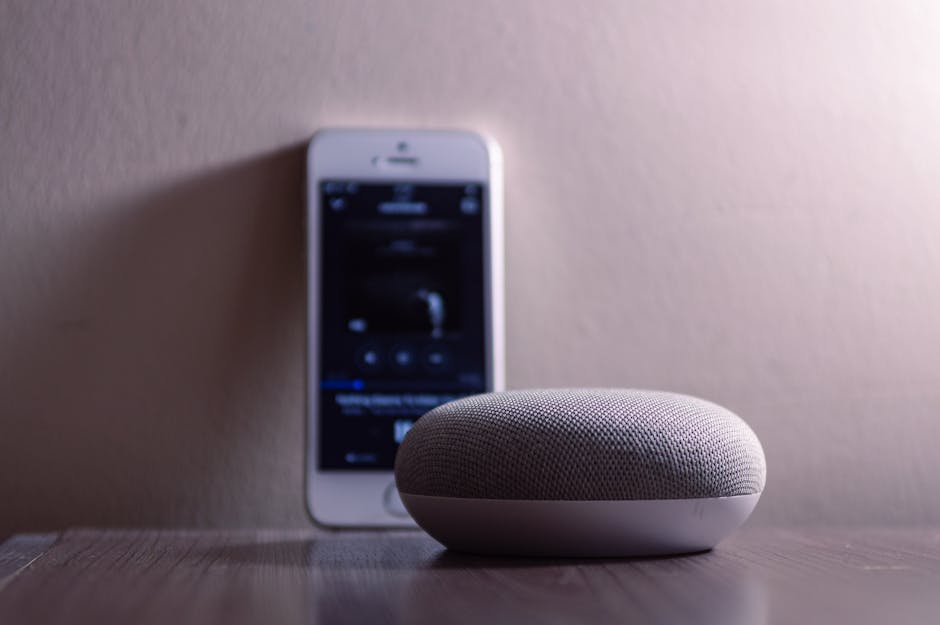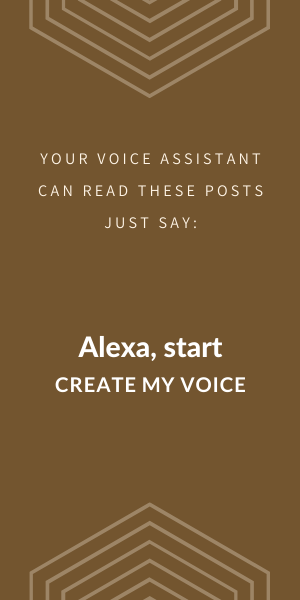According to an NPR and Edison Research report published in 2020, 24% of American adults own at least one smart speaker. That means nearly 60 million people are now engaging with a digital voice assistant.
The same report states that the number of smart speakers owned by American households stands at 157 million, with the growth rate of smart speakers at 135% in 2 years. And these statistics are only for smart speakers, and don’t include digital voice-assistant usage on other platforms like smartphones. The digital voice-assistant platforms are a huge opportunity for brands to market their products and services as well as interact with and sell to their customers.
As you may have guessed, many brands have already begun. One of these brands is Domino’s Pizza, the single largest chain of pizza restaurants in the world. Another brand that started engaging clients early with digital voice-assistant marketing is Capital One Financial Corporation.
Let’s take a look at how brands are using smart speakers as marketing opportunities:
How Are Brands Using Smart Speakers?

Smart speakers are no longer just toys for asking simple questions or playing music. They now act as hubs that can operate nearly any appliance, including lights, microwaves, air conditioners, and televisions. In addition, Google and Amazon have made a way for companies and brand owners to engage with their audience using these voice-assistant platforms. While many brands are finding success using smart speakers to deliver information, there is still work to be done before making purchases becomes commonplace.
According to a report by eMarketer, 21.6 million Americans made a purchase with a smart speaker in 2019. That’s lower than they had predicted. Their prediction was 9% higher, that 23.6 million Americans would be making purchases with a smart speaker in 2019.
While making purchases using a smart speaker was slightly lower than expected, there is a silver lining to this. About 48% of first adopters – smart speaker owners for more than a year – use the device more often now than in their first month. This indicates that not only are more people owning smart speakers, but that they are using their smart speakers more. This means, there is a huge opportunity when it comes to branding and marketing using these digital voice-assistant platforms like Amazon Alexa and Google Assistant.
Here are just a few brands that have already stepped up and contributed to the future of smart speaker marketing.
Campbell’s
Campbell’s is an early adopter of voice marketing. The company was an early partner with Amazon’s Alexa and launched a voice app with the Amazon Echo. They did this back in 2015 before nearly anyone did. As a result, consumers can ask Campbell’s Kitchen for recipes.
Domino’s Pizza
Domino’s Pizza is also one of the earliest adopters of digital voice assistants. In 2016, the brand partnered with Amazon Alexa and allowed people to order pizzas through the Echo speaker. They did this just in time for the 2016 Superbowl. Customers could even use their smart speakers to track the delivery of the pizza.
Now instead of making a phone call or swiping on a mobile app, users can just say “Alexa, Tell Domino’s I want to order a pizza”. To help market the Domino’s voice app, there have been many articles written and YouTube videos created.
And if you are a Google Assistant user, Domino’s has a voice app for you as well, “OK Google, Ask Domino’s to place a new order”.
Capital One
Capital One created a voice app for Amazon Alexa in 2016. It allowed users to check their bank balances and pay bills by voice command. Users could even pay their car payments and/or mortgages using voice commands right on their smart speaker.
Capital One was a first-mover when it comes to allowing customers to use voice. Since Capital One integrated with Alexa in 2016, many other financial institutions have integrated with the smart speaker platforms.
Procter and Gamble
P&G has recently jumped on the opportunity of voice marketing. They’ve taken the social service route and targeted their marketing towards the visually impaired. On World Sight Day, October 10th, 2019, P&G marketed its Herbal Essences brand through Amazon’s Alexa voice assistant.
By simply saying “Alexa, open Herbal Essences,” users could find product recommendations for hair types. In order to do this, they created a voice-powered app that integrated with Alexa. These apps are called “skills” which are integrated with the Alexa voice assistant itself.
Similarly, they also invested in marketing two of their most famous brands, Oral-B, and Tide, through smart speakers. They created voice apps for their products as a service to their customers and to market their brand name. For example, users can say “Alexa, ask Tide, How do I remove juice stains from clothing?”
Their Oral-B voice app is related to a tooth-brushing timer. In addition to providing a service to help users become proficient at brushing their teeth, it may also help P&G better understand people’s brushing routines.
These are a few examples of early adopters. The voice app market is not saturated, yet. There are still many opportunities for brands to adopt voice technology as another marketing tool. More and more people are using smart speakers today, which presents a great opportunity to improve marketing, sales, and profits.

